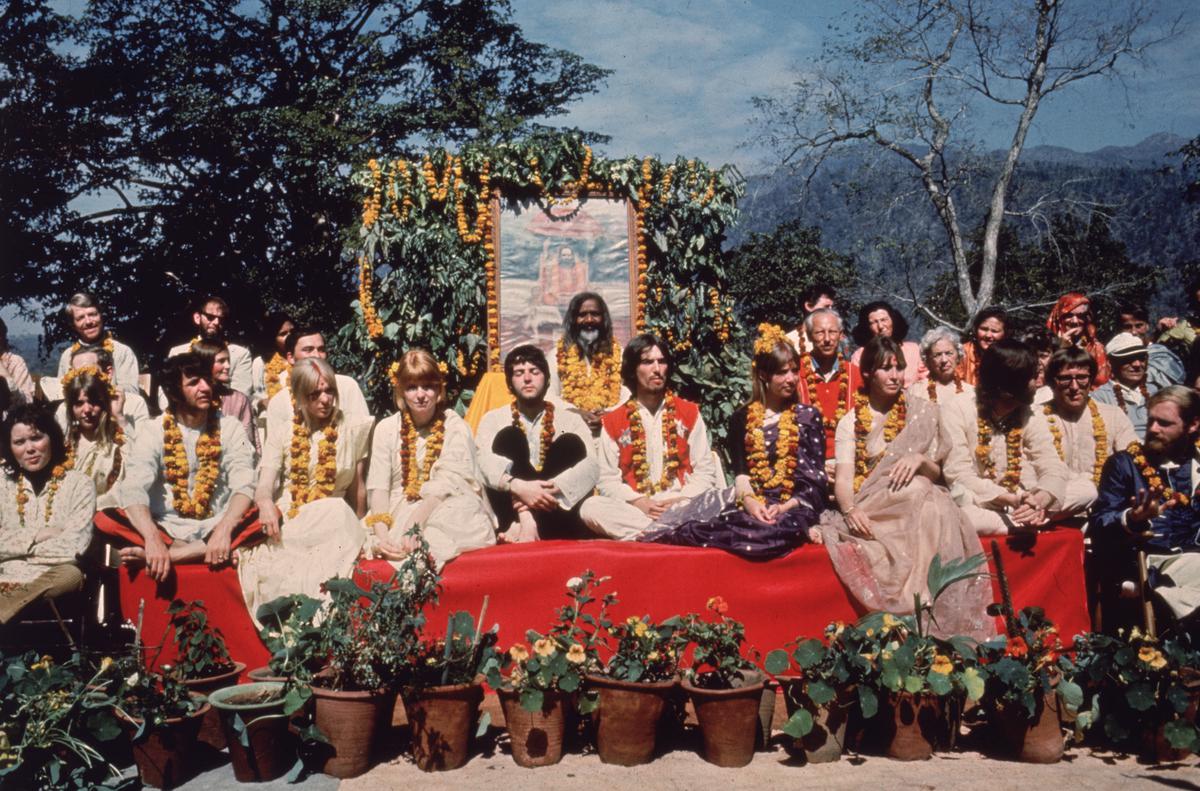Listen | AI helps The Beatles release their last song — ‘Now and Then’, out today


The Beatles — (L to R) Paul McCartney, Ringo Starr, John Lennon and George Harrison in — 1966.
| Photo Credit: Chris Walter
At a quaint The Beatles-themed cafe in Rishikesh that overlooks the Ganga, the constant gush of the river that usually accompanies music from the band’s 60s hits, played on loop, is interrupted by a new Beatles song.
As John Lennon’s crooning voice drowns out the sound of the river, it is a moment that induces goosebumps. The Beatles have “come together” again, albeit with a little “help” from Artificial Intelligence (AI) to open a time capsule and complete their last song — ‘Now and Then’, which released worldwide today on music and video platforms, including YouTube and Spotify. The song, like so many of the band’s beloved tracks, gets listeners to sing along almost instantly, and gives fans in 2023 a chance to relive what it felt like to hear the fab four for the first time.
But with Lennon having been shot dead in 1980 and George Harrison succumbing to cancer in 2001, the question that comes to mind is, how authentic can the new track be with only two band members still surviving? What has changed between now and then is that when, in 1994, Lennon’s wife Yoko Ono handed over to the remaining Beatles a demo of the song that Lennon had recorded in the late 70s on a cassette recorder with vocals accompanied by a piano at his home in New York, the limitations in technology prevented producers from extracting Lennon’s vocals which were clouded by the sound of the piano.
While two other songs — ‘Free As A Bird’ and ‘Real Love’ — found on the tape were completed and released by The Beatles in 1995 and 1996, respectively, as part of The Beatles Anthology project, ‘Now and Then’ was shelved. However, Paul McCartney, Ringo Starr and Harrison did record their parts before abandoning the song. This allowed producer-director Peter Jackson and his sound team to take up the recordings, languishing in a cupboard, once technology was able to isolate Lennon’s clear voice from the piano music.
Apart from Lennon’s vocals, the song includes electric and acoustic guitar recorded in 1995 by Harrison, Starr’s new drum part, and bass, guitar and piano from McCartney, which match Lennon’s original playing. McCartney also added a slide guitar solo inspired by Harrison; he and Starr also contributed backing vocals to the chorus. A sting arrangement was added to complete it, like the band had used in their song ‘Strawberry Fields’, ‘Yesterday’ and ‘I am the Walrus’, among others.
Listening to the song, apprehensions that AI could be the fifth member of the band are put to rest as it acts only as a facilitator to bring Lennon back in the room. As McCartney says in a short film that accompanies the release of the song: “To be working on a Beatles song in 2023 that we have all played on – Wow! We are actually messing around with state-of-the-art technology which is something that The Beatles would have been very interested in.”

The Beatles and their wives in Rishikesh with Maharishi Mahesh Yogi, March 1968.
| Photo Credit:
Getty Images
An exclusive preview of the 12-minute short film and the song was hosted by Universal Music in Rishikesh, where The Beatles had come in 1968 to learn Transcendental Meditation techniques from their “guru” Maharishi Mahesh Yogi. Listening to The Beatles talk about what it means to them to complete the song, accompanied by home footage of Lennon in his New York apartment, evokes a sense of nostalgia. It also makes one wonder how different The Beatles would sound if they were to record using modern technology.
The Beatles Ashram, situated in the Rajaji National Park in Rishikesh, may be in ruins but the music has not faded, nearly 60 years after the peak of Beatlemania. A few visitors amble around with their phones playing Beatles songs on loudspeaker as passers-by join in and complete the chorus.
For audiophiles, The Beatles’ The Red Album (1962-1966) and the The Blue Album (1967-1970), mixed in stereo and Dolby Atmos, will be released on November 10. The music video for ‘Then and Now’ is scheduled to release tomorrow.

